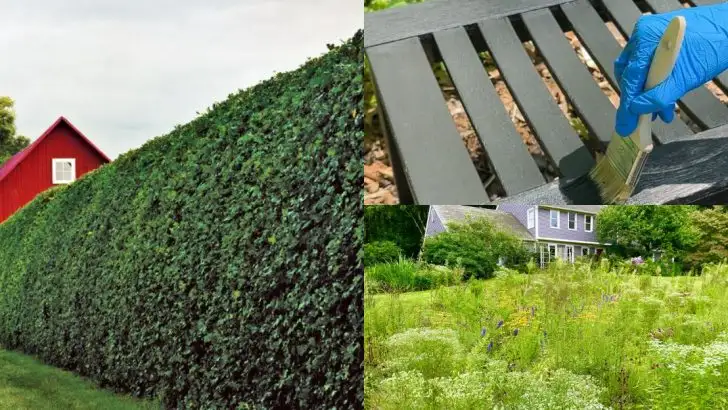Your garden might be stuck in 1997—and it’s not even trying to hide it. Plastic edging. Red mulch. That one lonely birdbath surrounded by a circle of rocks. You’ve poured time, sweat, and love into your space—but if the overall vibe whispers “forgotten catalog page,” it might be time for a refresh. The good news? You don’t need a bulldozer or a five-figure budget to turn things around. A few sharp edits, some smarter plant choices, and one or two bold moves can flip your garden from “meh” to “whoa” faster than your neighbor can say, “Is that new?” Let’s break the spell of the outdated garden and give it the upgrade it deserves.
Overgrown Hedges
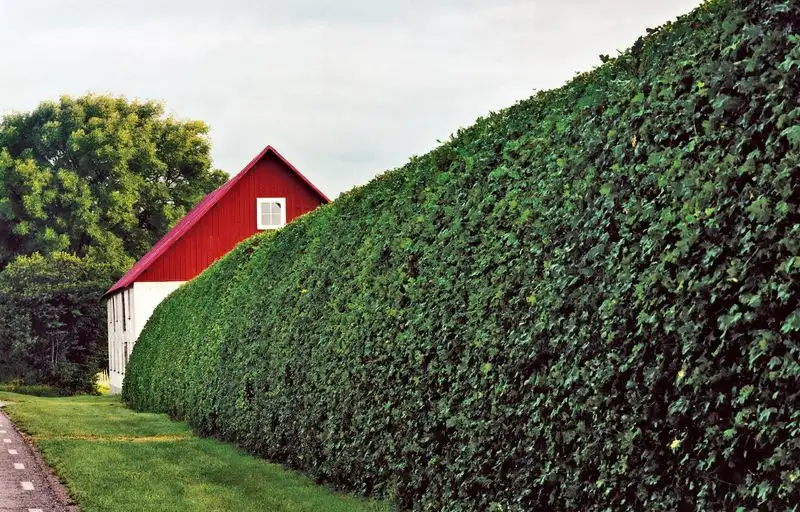
Overgrown hedges can make a garden look neglected and outdated. They often create a claustrophobic atmosphere by overpowering the landscape’s natural beauty. Regular trimming keeps them looking sophisticated and adds structure to your garden.
Historically, hedges have symbolized boundary and protection, but today, they need a bit of modern finesse. Consider reshaping them into more contemporary forms.
Did you know? Hedge trimming as an art form dates back to Roman times, where elaborate topiaries were all the rage. Embrace this timeless tradition with a modern twist.
Faded Garden Furniture
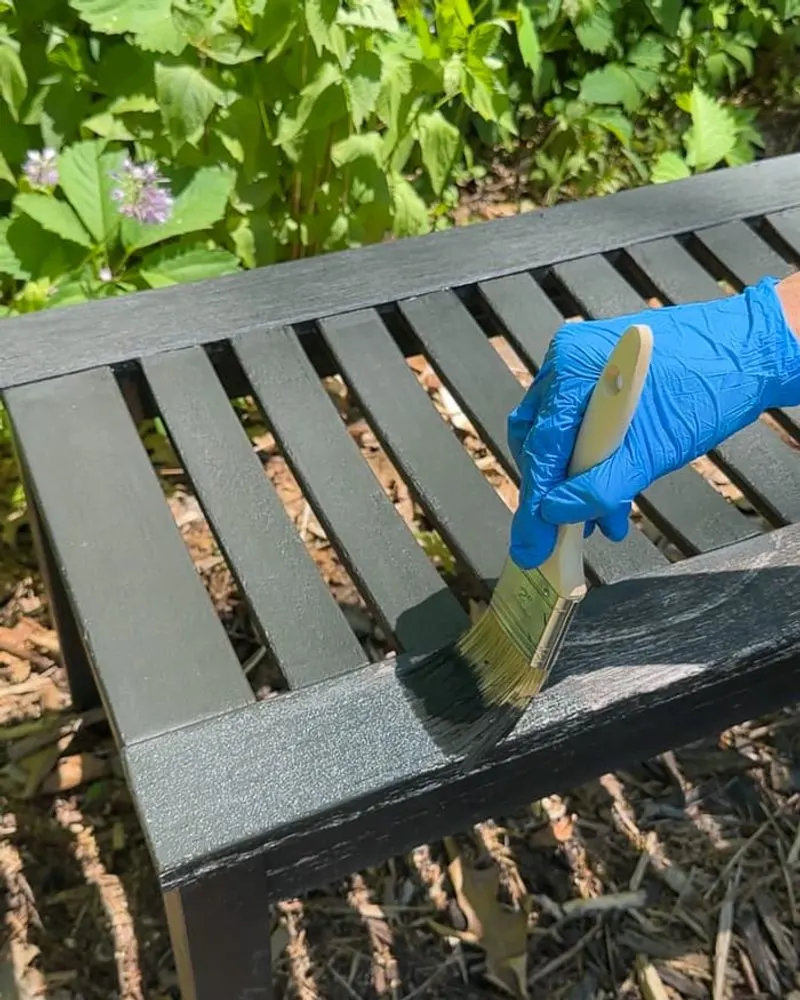
Faded garden furniture can detract from the vibrancy of your outdoor space. Sun and rain fade colors, leaving your seating looking drab and uninviting.
A quick fix could be repainting or re-staining the furniture to breathe new life into it. Alternatively, investing in new pieces with weather-resistant fabrics and materials brings a contemporary feel.
Incorporate bold colors or sleek metal designs to elevate the style. Did you know? The Adirondack chair, a garden staple, was originally designed in 1903 and remains popular today. Refresh yours with a modern twist!
Traditional Grass Lawns

Traditional grass lawns require a lot of upkeep and water. They often lack the biodiversity that modern gardens embrace.
Consider replacing sections of your lawn with native plants or wildflower meadows. This not only reduces maintenance but also attracts beneficial wildlife.
Fun fact: Clover lawns are gaining popularity as a low-maintenance alternative that stays green all year. They add texture and movement to your garden, breaking the monotony of plain grass.
Concrete Pathways

Concrete pathways can appear harsh and uninviting. They often break up the natural flow of the garden.
Replacing them with gravel or stepping stones can soften the look and integrate pathways more naturally into the landscape. Add plants along the edges for subtle charm.
Interesting tidbit: Japanese gardens often use stepping stones to create a mindful walking experience, blending seamlessly with nature. Embrace this philosophy for a tranquil garden journey.
Monochromatic Planting

Monochromatic planting lacks the visual interest that diverse flora brings. A garden full of the same plant can seem monotonous and uninspired.
Introduce a variety of plants in different colors, textures, and heights to invigorate the space. This not only enhances beauty but also supports different pollinators.
Did you know? Cottage gardens are known for their vibrant and diverse plantings, a trend that began in the late 19th century and continues to inspire gardeners today.
Plastic Decor Elements

Plastic decor elements can cheapen the look of a garden, making it feel outdated. Gnomes and pink flamingos, while charming to some, often clash with the garden’s organic beauty.
Opt for natural materials like stone or wood sculptures to enhance elegance. Subtle water features can also add modern sophistication.
Fun fact: The garden gnome originated in Germany in the 19th century and was initially made from clay. Today, going back to more natural materials feels fresh and timeless.
Lack of Eco-Friendly Features
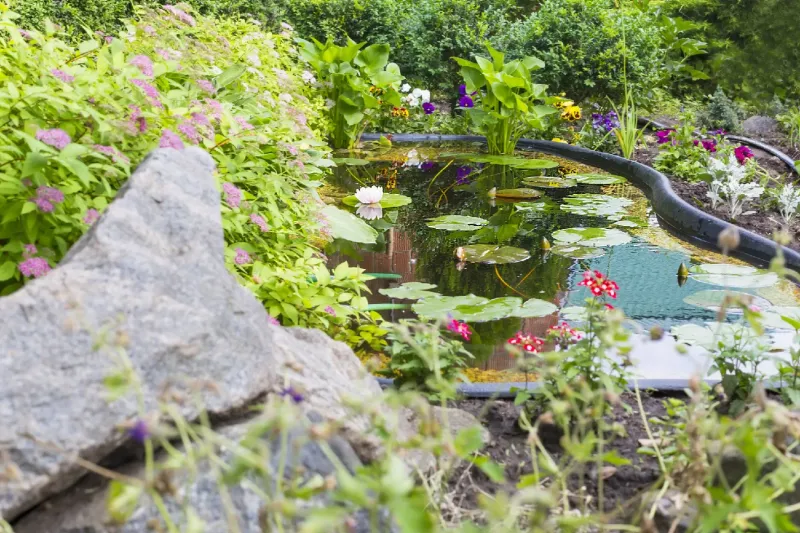
A garden lacking eco-friendly features misses out on sustainability trends. Solar lights and rain barrels are small additions that make a big impact.
These features not only reduce environmental impact but also lower utility costs. They blend seamlessly into a garden, providing practical and aesthetic benefits.
Did you know? Rainwater harvesting dates back to ancient civilizations, a practice that conserves water and supports sustainable gardening. Incorporate these timeless techniques for a greener future.
Bare Walls and Fences
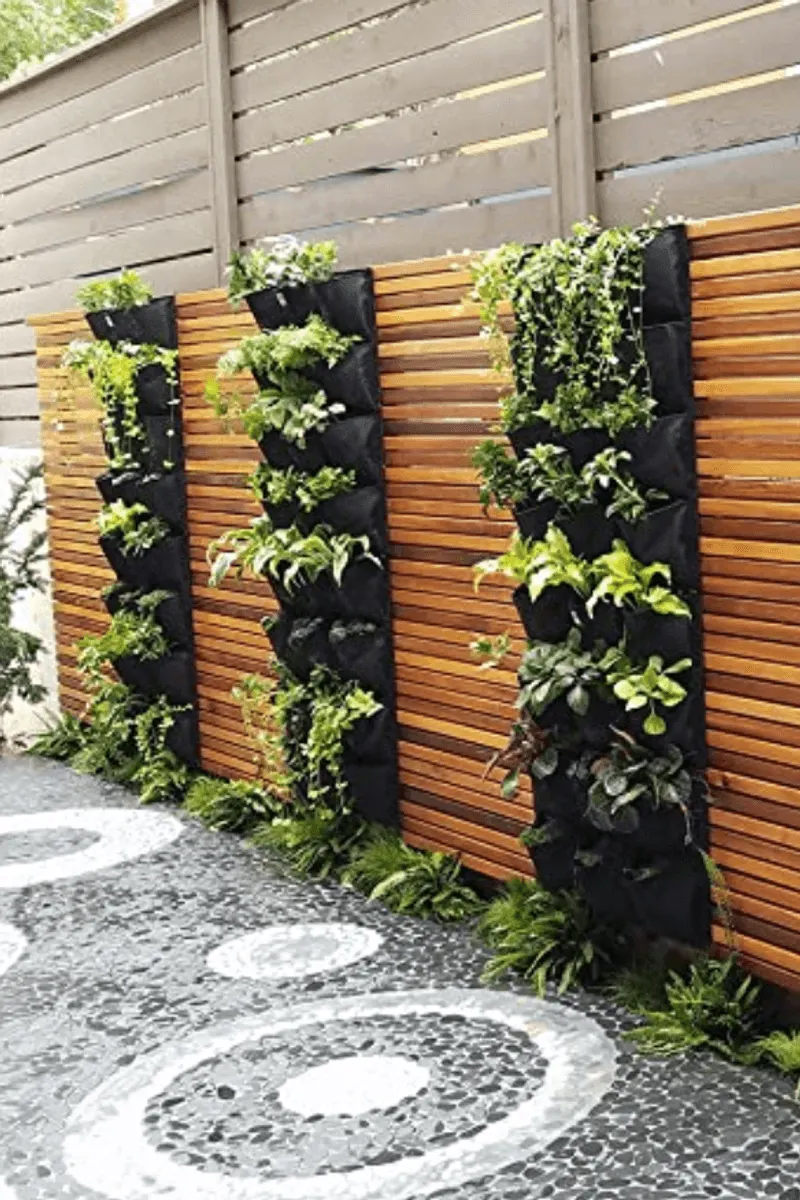
Bare walls and fences can make a garden feel incomplete. They present an opportunity to add vertical interest and greenery.
Consider climbing plants or vertical gardens to adorn these surfaces. This not only enhances aesthetics but also maximizes space in smaller gardens.
Fun tidbit: Vertical gardens, or living walls, became popular in urban areas to bring green spaces to limited environments. They add life and texture, transforming plain walls into lush landscapes.
Incorporating Native Plants

Incorporating native plants can revitalize your garden by fostering a robust ecosystem. These plants are adapted to local climates, requiring less maintenance and resources.
Native gardens support bees, birds, and butterflies, offering them food and habitat. This diversity adds life and color to your landscape.
Did you know? Native plant gardening is a modern trend that not only enhances beauty but also contributes to biodiversity. It’s a win-win for gardeners and the environment.
Using Recycled Materials

Using recycled materials in garden design is both contemporary and eco-friendly. Items like glass bottle borders or pallet furniture add a unique, personal touch.
This practice reduces waste and offers a creative outlet for gardeners. It can turn ordinary materials into extraordinary features.
Fun fact: The use of recycled materials in art and design gained momentum in the late 20th century, promoting sustainability and creativity. Today, it’s a hallmark of innovative garden design.
Outdoor Living Spaces

Creating outdoor living spaces transforms your garden into a functional extension of your home. Modern furniture, fire pits, and ambient lighting create an inviting atmosphere.
These spaces are perfect for relaxation and entertaining, bridging the indoor and outdoor seamlessly. They enhance your lifestyle and property value.
Did you know? The trend of outdoor living spaces surged in the early 21st century, reflecting a growing desire to connect with nature while enjoying modern comforts.
Permeable Paving Solutions

Permeable paving solutions are a modern touch that improves garden sustainability. They allow water to pass through, reducing runoff and promoting groundwater recharge.
This eco-friendly option is not only functional but also stylish, integrating seamlessly with garden aesthetics.
Interesting tidbit: Permeable paving technology developed rapidly in recent years as urban areas sought solutions to manage stormwater sustainably. It’s a smart choice for environmentally conscious gardeners.
Vertical Gardens
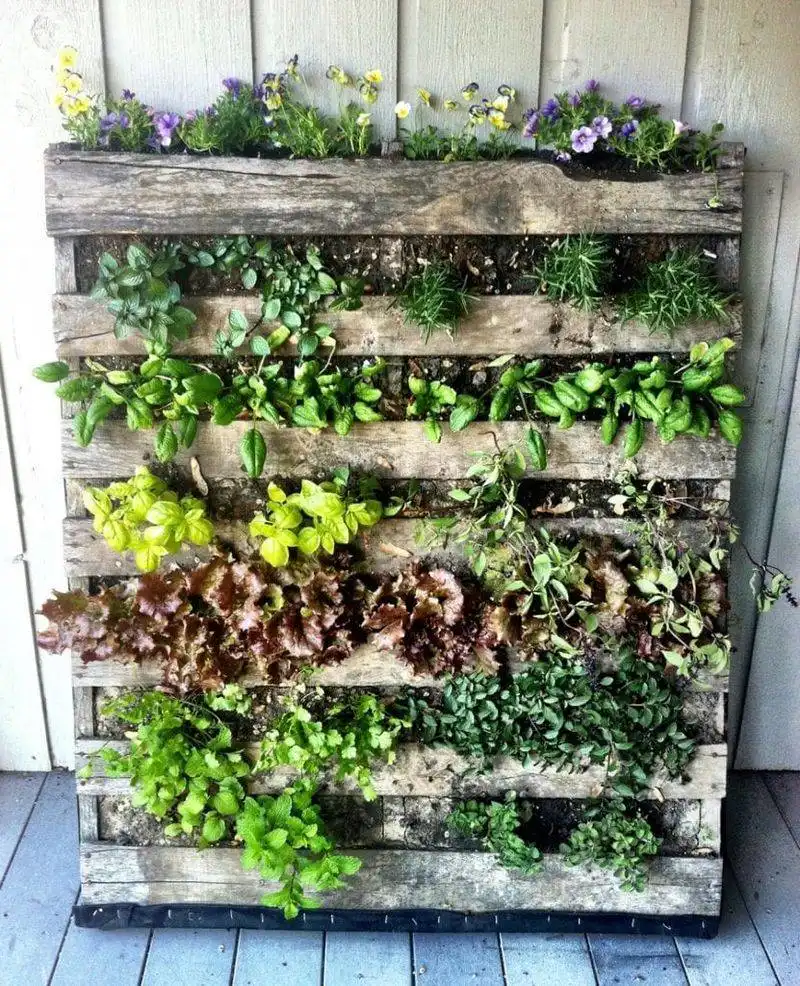
Vertical gardens are a chic and space-efficient way to add greenery. They are perfect for urban gardens where ground space is limited.
These gardens can host herbs, flowers, or vegetables, providing lush greenery without the need for sprawling lawns. They’re practical and visually appealing.
Did you know? Vertical gardening has ancient roots, with the Hanging Gardens of Babylon being one of the earliest examples. Today, it’s a modern solution for urban living.
Water Features
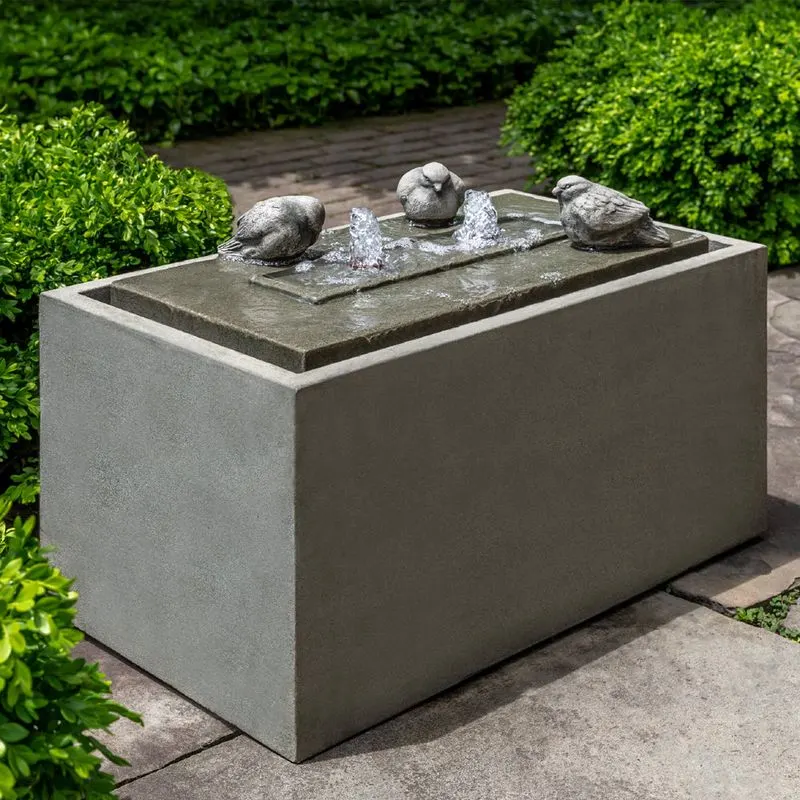
Modern water features bring tranquility and elegance to gardens. Their soothing sounds and reflective surfaces create a serene environment.
From fountains to small ponds, these features can enhance the sensory experience of a garden, making it a peaceful retreat.
Fun fact: Water features have been a staple in gardens for centuries, symbolizing purity and life. Today, they’re a symbol of modern garden sophistication.
Garden Lighting
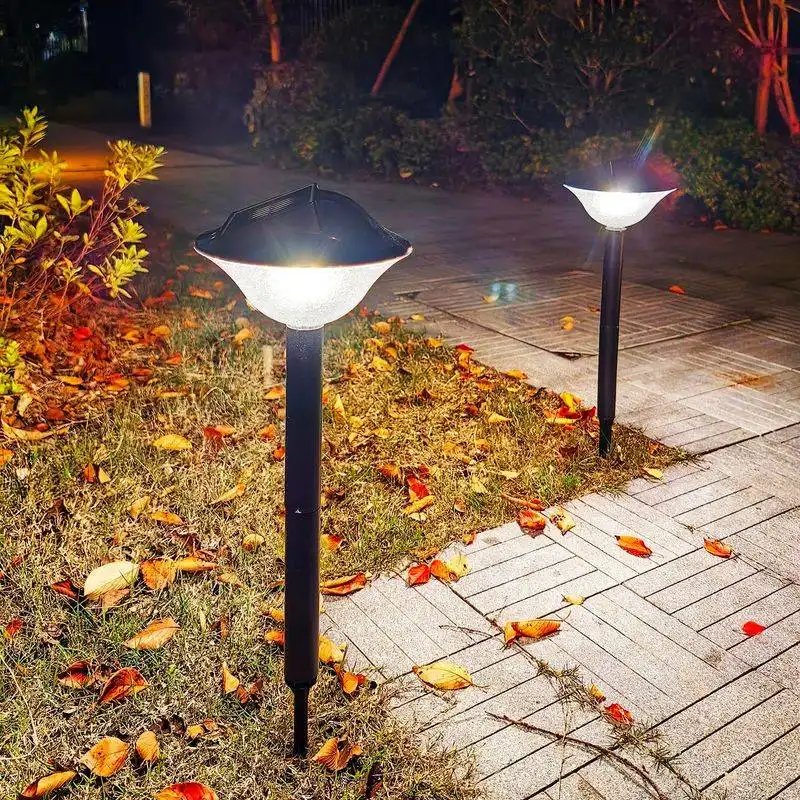
Garden lighting enhances the ambiance and functionality of outdoor spaces. Solar lights are a sustainable choice that adds warmth and charm.
Effective lighting can highlight garden features and extend usability into the evening, offering a magical night-time experience.
Did you know? The use of garden lighting dates back to ancient Rome, where oil lamps illuminated outdoor gatherings. Modern solar options continue this tradition with an eco-friendly twist.

